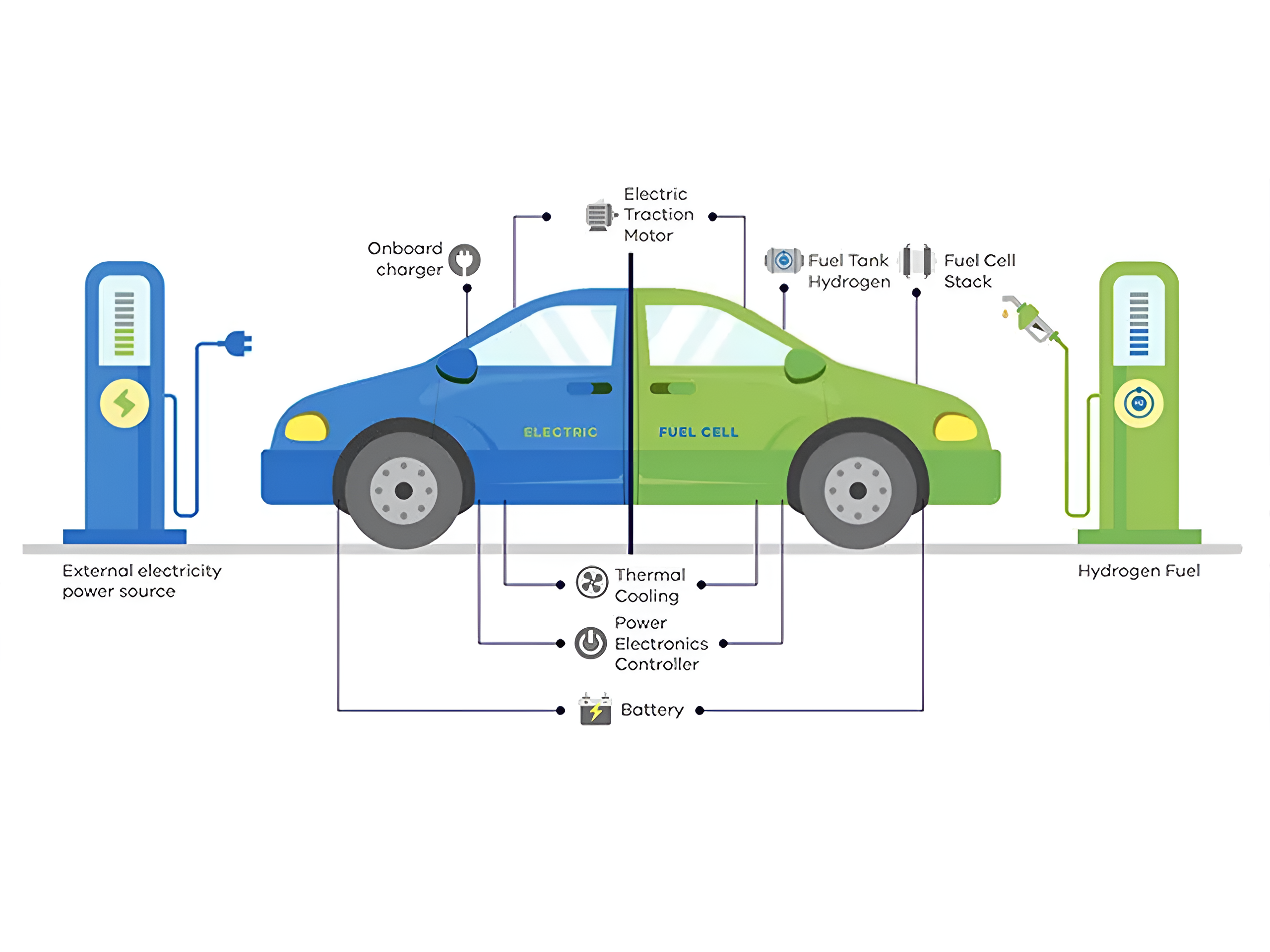Hydrogen vs Electric: What’s the Future of Clean Mobility in India?
Hydrogen vs Electric: What’s the Future of Clean Mobility in India?
Published On Mar 10, 2025 08:59:28 AMIndia is at a crucial juncture in its transition to sustainable transportation. While electric vehicles (EVs) are gaining rapid traction, hydrogen fuel cell technology is also being explored as an alternative. Both have their advantages and challenges, making it essential to evaluate which technology is better suited for India’s future mobility. This article explores the potential of EVs and hydrogen fuel in India and their respective roles in decarbonizing transportation.
Understanding EVs and Hydrogen Fuel Cells
Electric Vehicles (EVs): EVs are powered by lithium-ion or other advanced batteries, charged through the grid. They produce zero tailpipe emissions and are considered a significant step toward clean mobility.
Hydrogen Fuel Cell Vehicles (FCVs): FCVs use hydrogen gas to generate electricity through a fuel cell, which then powers an electric motor. They emit only water vapour, making them an eco-friendly alternative.
Electric Vehicles: Strengths and Challenges
Strengths:
-
Strong Infrastructure Growth: EV charging networks are expanding in India, with companies like Tata Power and Ola Electric investing heavily in public charging stations.
-
Lower Running Costs: EVs have fewer moving parts, reducing maintenance expenses compared to internal combustion engine (ICE) vehicles.
-
Government Incentives: Policies like FAME II (Faster Adoption and Manufacturing of Electric Vehicles) and state subsidies make EVs more affordable.
-
Strong Infrastructure Growth: EVs are already in mass production, with models from Tata, Mahindra, and global brands dominating the market.
Challenges:
-
Charging Infrastructure Gaps: Rural areas and highways still lack sufficient charging stations.
-
Battery Raw Material Dependency: India imports most of its lithium, increasing costs and supply chain vulnerabilities.
-
Long Charging Times: Even with fast charging, EVs take longer to recharge compared to hydrogen refueling.
-
Strong Infrastructure Growth: EVs are already in mass production, with models from Tata, Mahindra, and global brands dominating the market.
Hydrogen Fuel Cells: Strengths and Challenges
Strengths:
-
Faster Refueling: Hydrogen fuel stations can refuel a vehicle in under 5 minutes, offering convenience similar to petrol/diesel vehicles.
-
Higher Energy Density: Hydrogen fuel cells provide longer driving ranges compared to current EV battery technology.
-
Better for Heavy-Duty Vehicles: Hydrogen is more suitable for long-haul trucks, buses, and industrial applications.
-
Abundant Resource: Hydrogen can be produced domestically using renewable energy, reducing dependency on imported lithium.
Challenges:
-
High Production Costs: Green hydrogen production (via electrolysis) remains expensive due to high energy consumption.
-
Limited Infrastructure: India has very few hydrogen refueling stations, making adoption difficult.
-
Storage and Safety Concerns: Hydrogen is highly flammable and requires specialized storage and transport solutions.
Which One is Better for India?
Both EVs and hydrogen have their place in India’s clean mobility roadmap. EVs are more feasible for passenger cars, two-wheelers, and urban transport, while hydrogen could play a crucial role in long-distance freight transport, buses, and industrial applications.
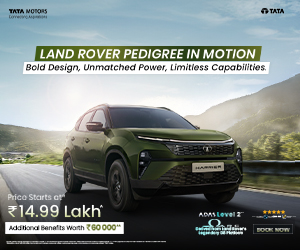
India’s Strategy for Hydrogen and EV Growth
-
National Hydrogen Mission (NHM): The government aims to make India a global hub for hydrogen production, with policies supporting green hydrogen projects.
-
PLI Scheme for Battery Manufacturing: India is pushing for localized battery production to reduce lithium dependency.
-
Hydrogen-Powered Vehicles in Pilot Projects: Companies like IOCL, Reliance, and Tata Motorsare investing in hydrogen fuel cell research and development.
Conclusion
India’s clean mobility future will likely involve a hybrid approach, where EVs dominate personal and urban mobility, while hydrogen fuels heavy-duty transport and industries. The key lies in developing infrastructure, reducing costs, and ensuring renewable energy sources power both solutions. As technology advances, both electric and hydrogen vehicles will play complementary roles in shaping a sustainable transportation ecosystem in India.


Popular Articles:
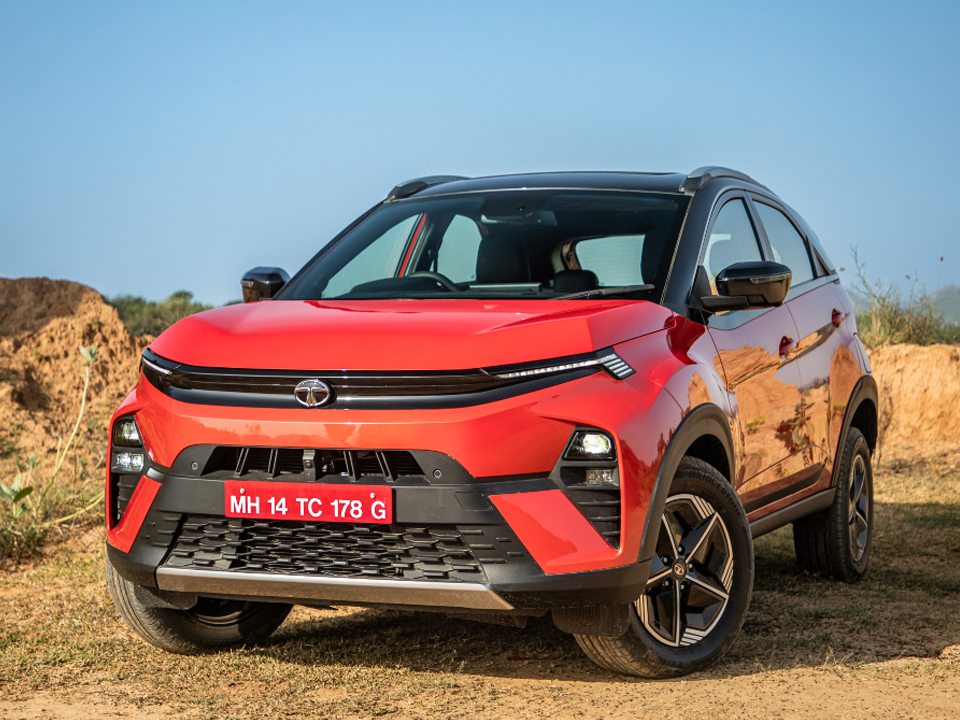 45k+ Views
45k+ Views
Tata Nexon
The Tata Nexon is one of India's most popular compact SUVs, known for its bold design etc...
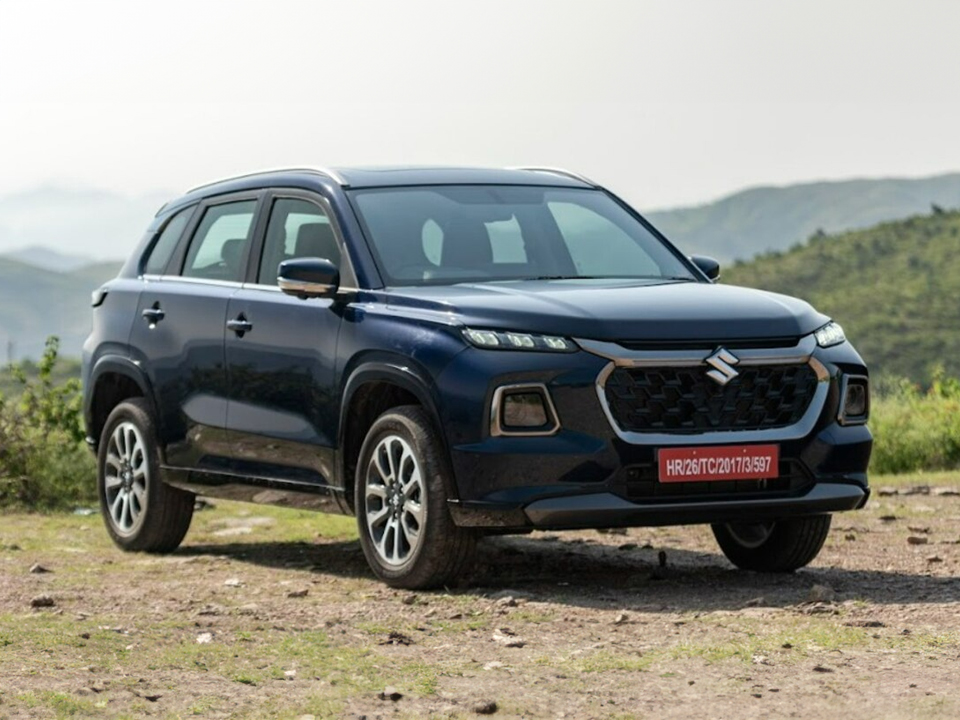 45k+ Views
45k+ Views
Maruti Suzuki Grand Vitara
The Maruti Suzuki Grand Vitara is a game-changer in the mid-size SUV segment, etc...
 45k+ Views
45k+ Views
Mercedes-Benz G-Class
The Mercedes-Benz G-Class, also known as the G-Wagon, is an iconic SUV etc...
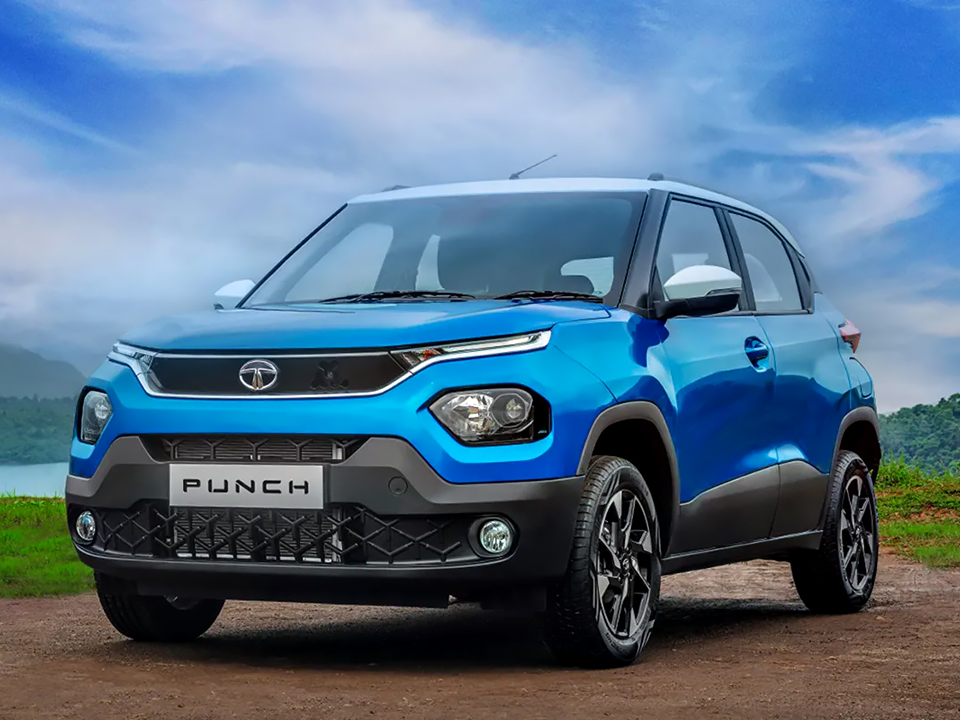 45k+ Views
45k+ Views
Tata Punch
The Tata Punch has revolutionized the compact SUV segment in India, offering a perfect mix of affordability etc...
Popular Articles:
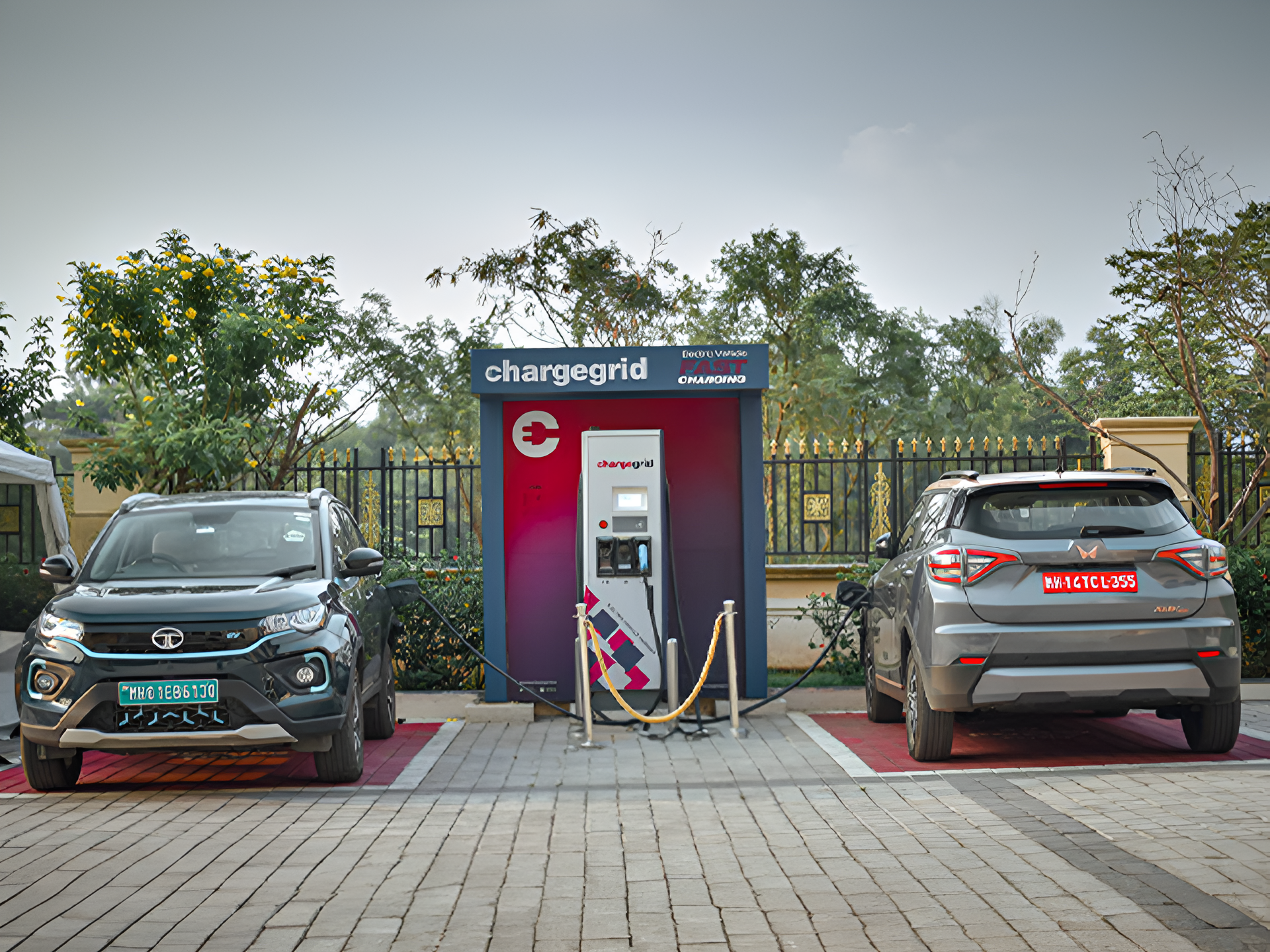
India is Pushing EV Adoption
India is the Faster Adoption and Manufacturing of Hybrid and Electric Vehicles (FAME) scheme.

The EV Battery Recycling Problem
As India accelerates its transition to electric vehicles (EVs), a major challenge looms—battery
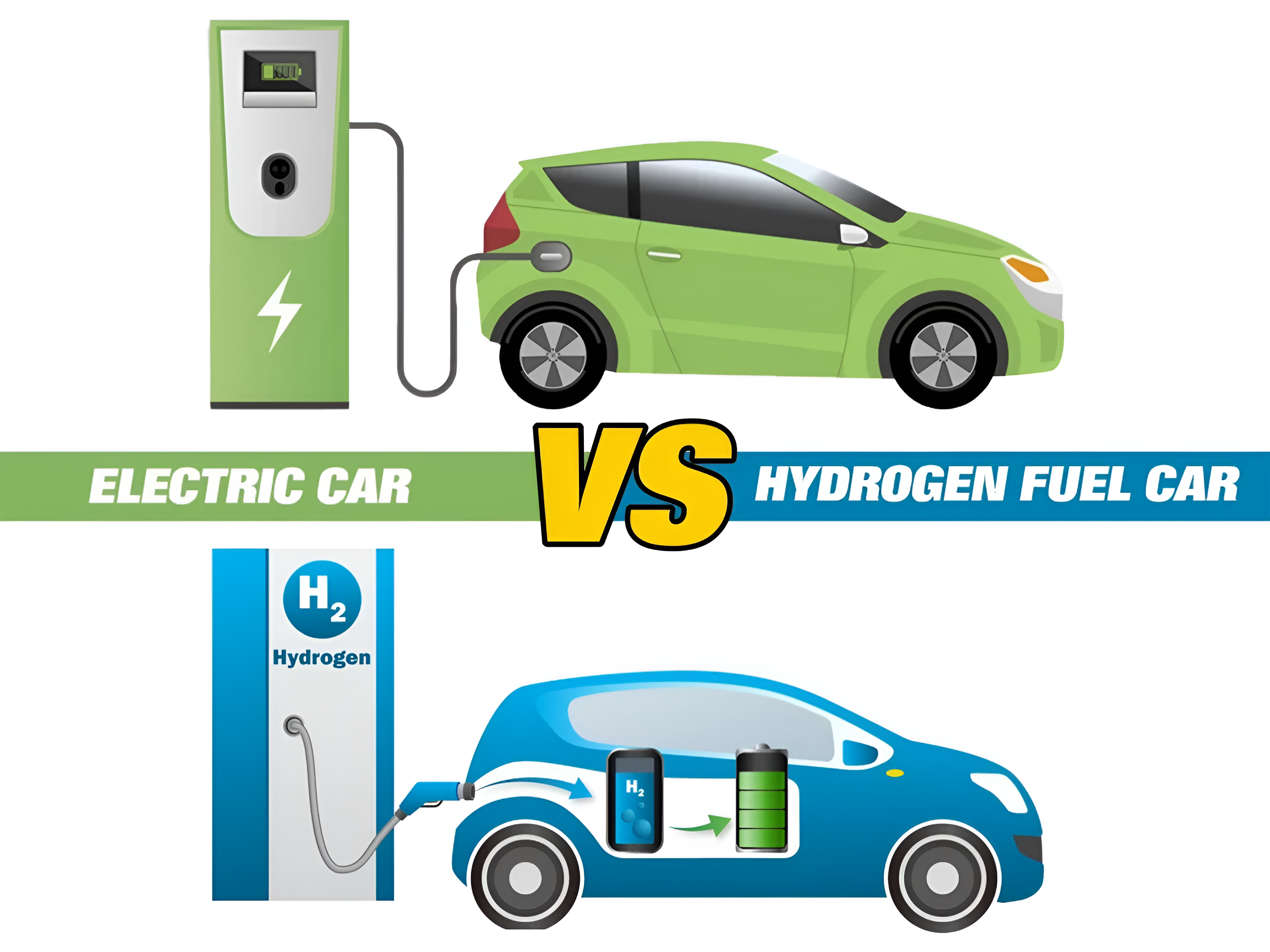
Hydrogen vs Electric
India is at a crucial juncture in its transition to sustainable transportation.
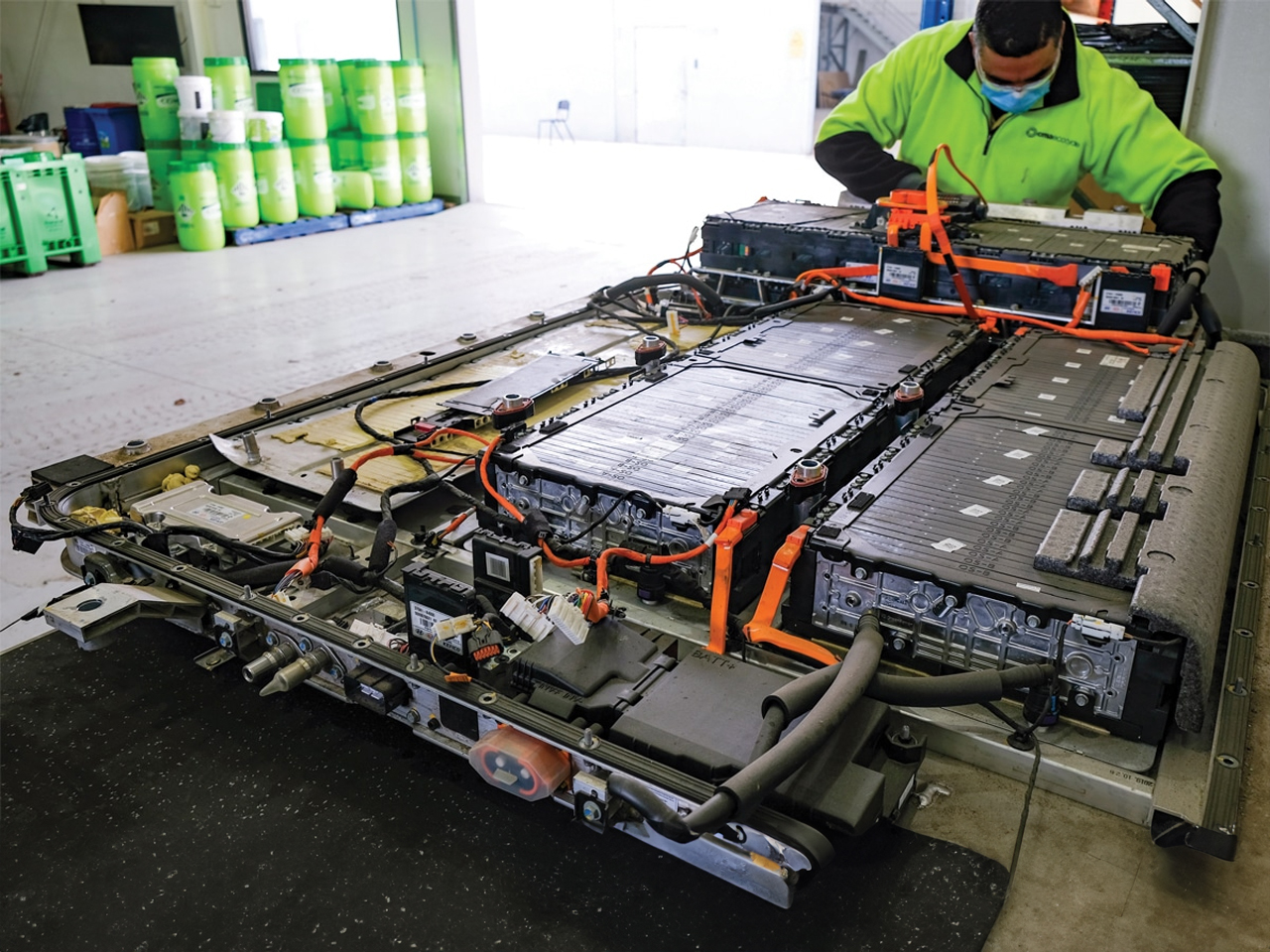
The Future of EV Batteries
Electric Vehicles (EVs) are at the forefront of the global transition to clean mobility
